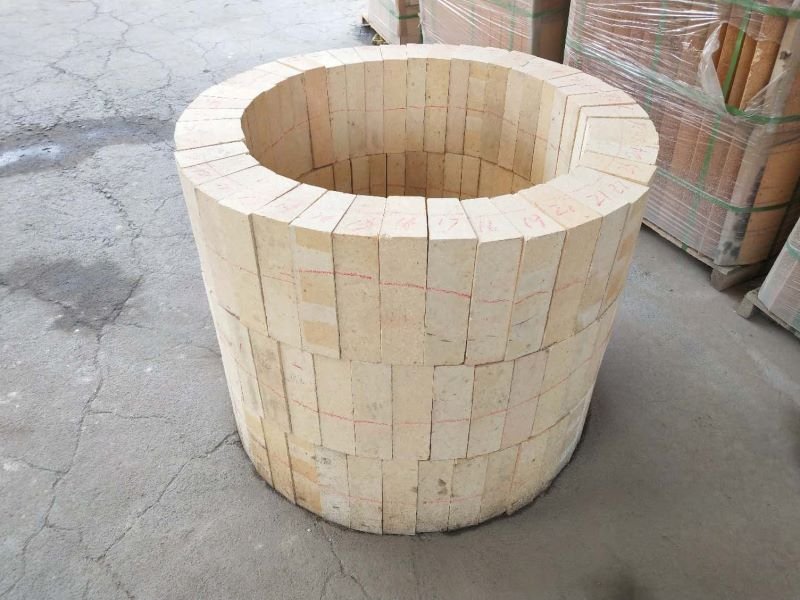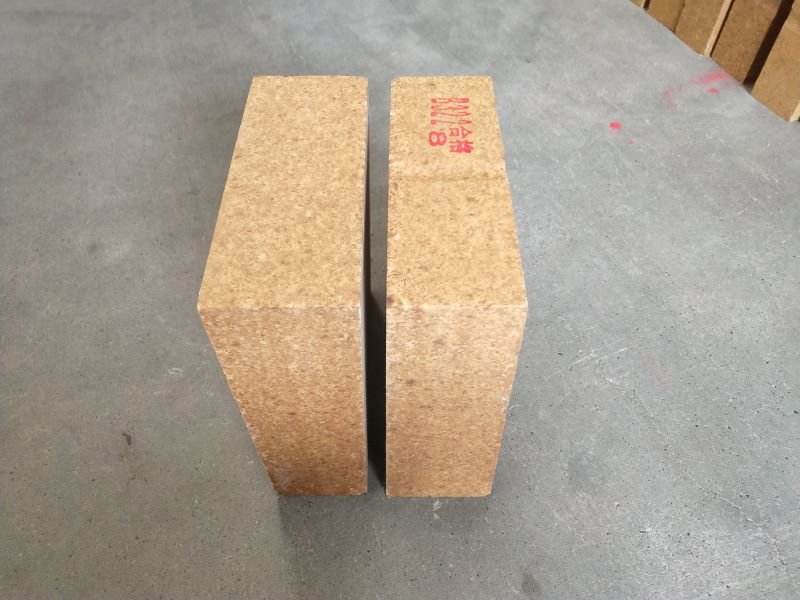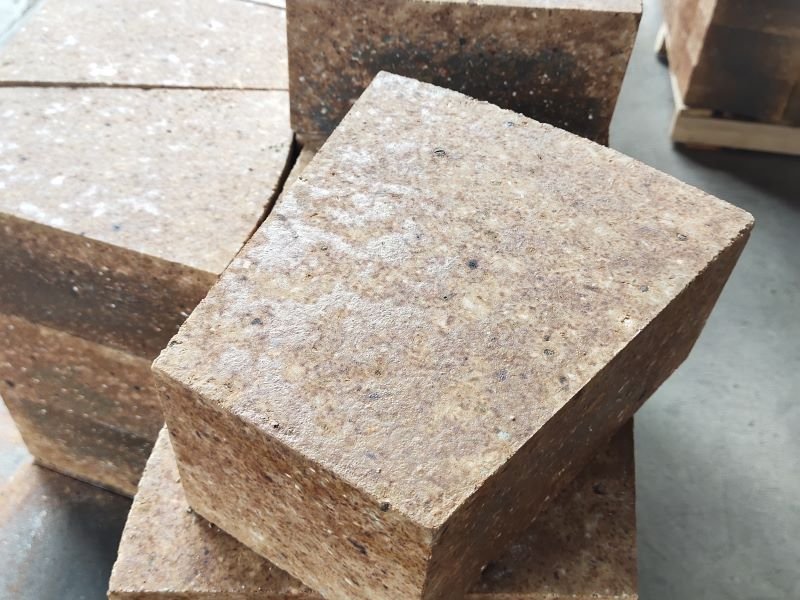As core equipment in industries like cement and metallurgy, rotary kilns must operate under complex conditions of high temperature, high pressure, mechanical stress, and chemical corrosion for extended periods of time.
Refractory bricks, acting as their protective shield, directly determine the equipment’s lifespan and operating efficiency. Therefore, different parts of the rotary kiln require specialized refractory bricks for optimal protection.
1.Pre-heated zone refractory bricks: the “outpost” of wear resistance and erosion resistance
First, the preheating zone. Located at the feed end of the rotary kiln, this zone primarily preheats the material and evaporates moisture. This zone is subject to material abrasion, alkali and salt corrosion, and temperature fluctuations.

For this reason, high-alumina bricks or clay bricks are typically used here. These bricks offer excellent wear resistance, strong chemical resistance, and are relatively low cost.
2.Transition zone refractory bricks: a “buffer zone” for thermal shock resistance and structural stability
The next consideration is the selection of refractory bricks for the transition zone. This zone connects the preheating zone and the firing zone, where temperatures fluctuate between 900-1400°C. This zone experiences significant thermal shock stress and is susceptible to mechanical impact from kiln lining shedding.
Therefore, this area requires refractory materials with excellent thermal shock resistance and high strength. Magnesia-spinel bricks or modified high-alumina bricks are commonly used.
The thermal shock resistance and erosion resistance of magnesia-spinel bricks effectively prevent cracking and spalling.

3.Firing zone refractory bricks: the “core battlefield” of high temperature resistance and corrosion resistance
The selection of refractory bricks in the firing zone is also crucial.
The firing zone is the hottest area of the rotary kiln and is directly exposed to the intense flame heat, chemical attack from the melt, and mechanical stress.
Material with high refractoriness and strong resistance to slag erosion is essential here. Examples include direct-bonded magnesia chrome bricks or magnesia-iron spinel bricks.
The chromite in magnesia-chrome bricks forms a high-temperature solid solution, providing excellent resistance to molten cement clinker erosion. Magnesia-iron spinel bricks, on the other hand, incorporate an iron phase, enhancing adhesion between the brick and the kiln lining, forming a protective layer and extending service life.
4.Cooling zone: the “finishing section” that resists thermal shock and wear
Furthermore, the choice of refractory bricks for the cooling zone also depends on the specific conditions. The cooling zone’s temperature drops from 1300°C to approximately 1000°C, requiring it to withstand the thermal shock and clinker abrasion caused by rapid cooling.
For this reason, high-alumina bricks or phosphate-bonded high-alumina bricks are generally used here. These bricks offer high mid-temperature strength and wear resistance, meeting these requirements.

Of course, large kilns can also use Si Mullite bricks, which can alleviate thermal stress and improve wear resistance through the high thermal conductivity of silicon carbide.
5.Special parts: “key nodes” for targeted protection
Finally, rotary kilns have some special areas.
The kiln mouth is subject to high-temperature airflow and clinker erosion, requiring the use of corundum castables or high-aluminum silicon carbide castables. These castables are not only heat-resistant but also impact-resistant.
The wheel rim, which is subject to significant mechanical stress, requires the use of high-strength high-aluminum bricks or special magnesium bricks to prevent cracking.
